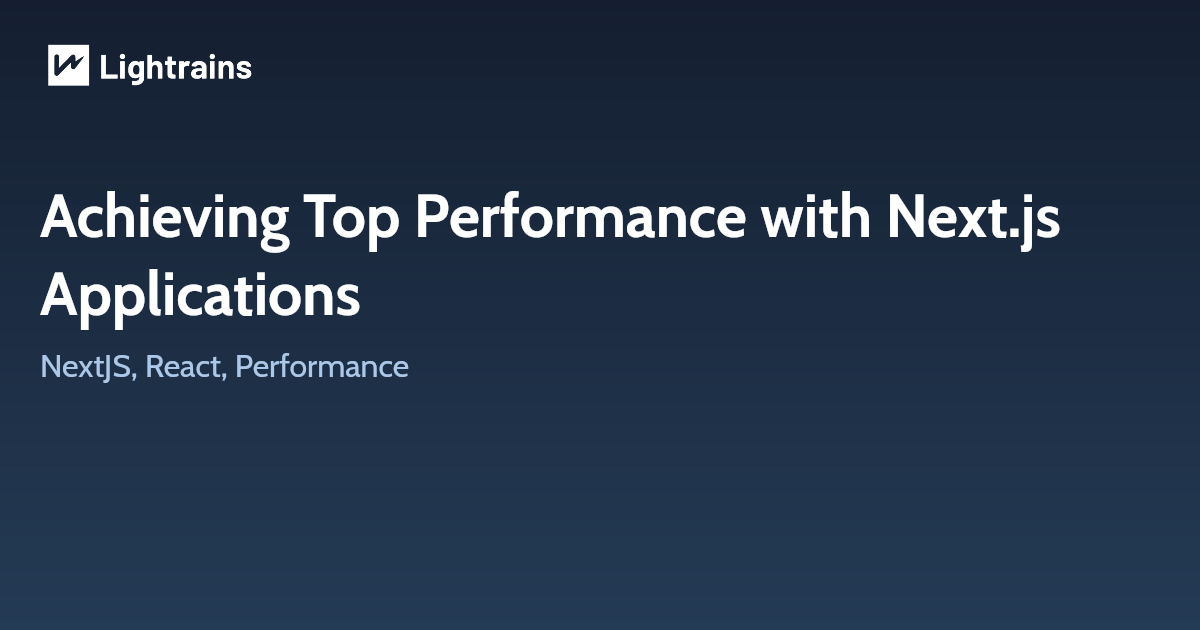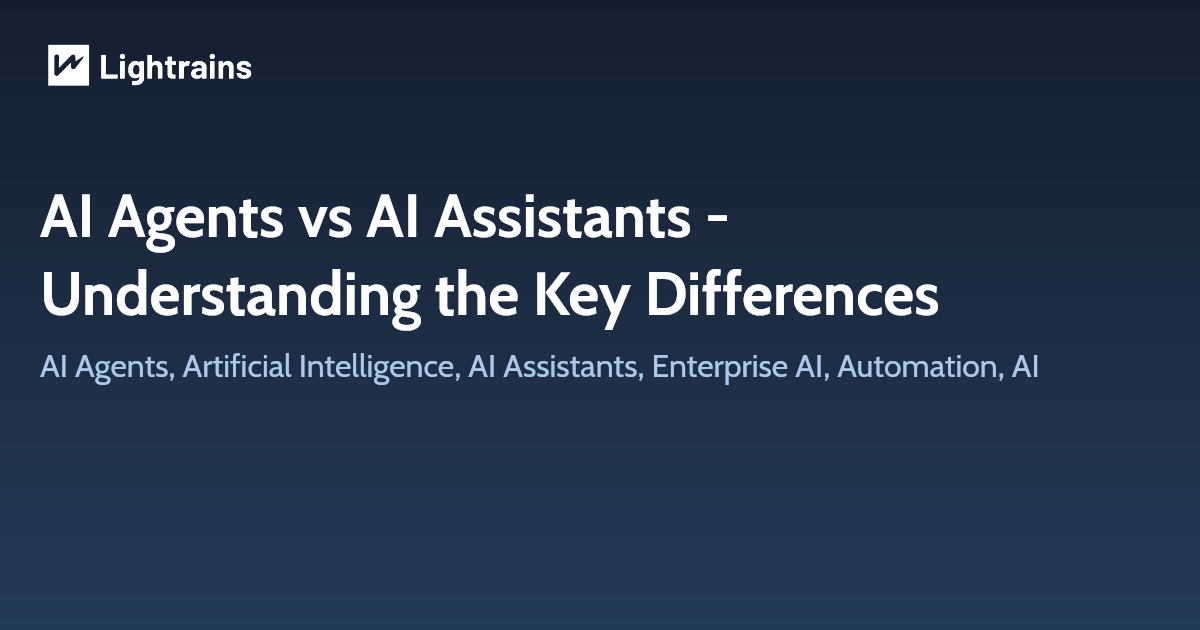
In the world of modern web development, performance is a critical factor that can significantly impact user experience and overall business success. Next.js, a popular React framework, is designed to create high-performance web applications that are optimized for speed, scalability, and SEO. In this blog, we will explore various strategies and best practices to achieve top performance with Next.js applications.
1.Server-Side Rendering (SSR)
Next.js excels in server-side rendering, which allows rendering pages on the server before sending them to the client. SSR ensures that the initial load is fast and that search engines can easily index the content for better SEO. By utilizing the getServerSideProps or getInitialProps functions, you can fetch data during server-side rendering and prepopulate the pages with necessary information.
2. Static Site Generation (SSG)
For pages that do not require real-time data, leveraging static site generation can dramatically improve performance. Next.js allows you to pre-render pages at build time using the getStaticProps function. This way, the content is generated once during the build process and served as static assets, eliminating the need for server-side rendering on each request.
3. Code Splitting and Dynamic Imports
Next.js automatically performs code splitting, which means only the required code is sent to the client, reducing the initial load time. However, you can also implement dynamic imports to load certain components or modules only when they are needed, further enhancing performance.
4. Optimized Image Loading
Images are often the heaviest assets on a web page. Next.js offers an Image component that optimizes image loading by serving the appropriate image size based on the device’s screen size. Additionally, you can use the next/image package to automatically optimize and compress images during the build process, reducing their size without sacrificing quality.
5. Caching and State Management
Implement efficient caching mechanisms to minimize redundant API calls and improve response times. Next.js provides a built-in caching mechanism, and you can also leverage browser caching using HTTP headers. For state management, consider using React’s Context API or external libraries like Redux.
6. Lazy Loading and Code Optimization
As your Next.js application grows, it’s essential to optimize code for better performance. Lazy loading of components and modules ensures that only necessary code is loaded when required. Tree-shaking and minification during the build process can help eliminate unused code, leading to smaller bundles and faster load times.
7. Performance Monitoring and Profiling
Constantly monitor and profile your Next.js application’s performance to identify bottlenecks and areas for improvement. Tools like Lighthouse, Web Vitals, and Next.js Analytics provide valuable insights into web performance, user experience, and core web vitals.
8. Optimized Deployment
Choose an appropriate hosting provider or platform that supports serverless deployment for Next.js applications. Serverless deployment ensures automatic scaling based on demand, allowing your application to handle traffic spikes efficiently.
Conclusion:
By following the strategies and best practices outlined in this blog, you can achieve top performance with your Next.js applications. Remember to leverage server-side rendering or static site generation, optimize image loading, implement code splitting, and manage state and caching effectively. Regularly monitor and profile your application’s performance to identify areas for improvement and stay ahead of performance issues. With Next.js, you can build blazing-fast web applications that offer an exceptional user experience and gain a competitive edge in the digital landscape.
For those looking to ensure their Next.js applications are built and maintained at the highest standard, it can be beneficial to hire a Next.js developer from Toptal, a platform renowned for its rigorously vetted tech professionals.
Happy coding!
This article originally appeared on lightrains.com
Leave a comment
To make a comment, please send an e-mail using the button below. Your e-mail address won't be shared and will be deleted from our records after the comment is published. If you don't want your real name to be credited alongside your comment, please specify the name you would like to use. If you would like your name to link to a specific URL, please share that as well. Thank you.
Comment via email







